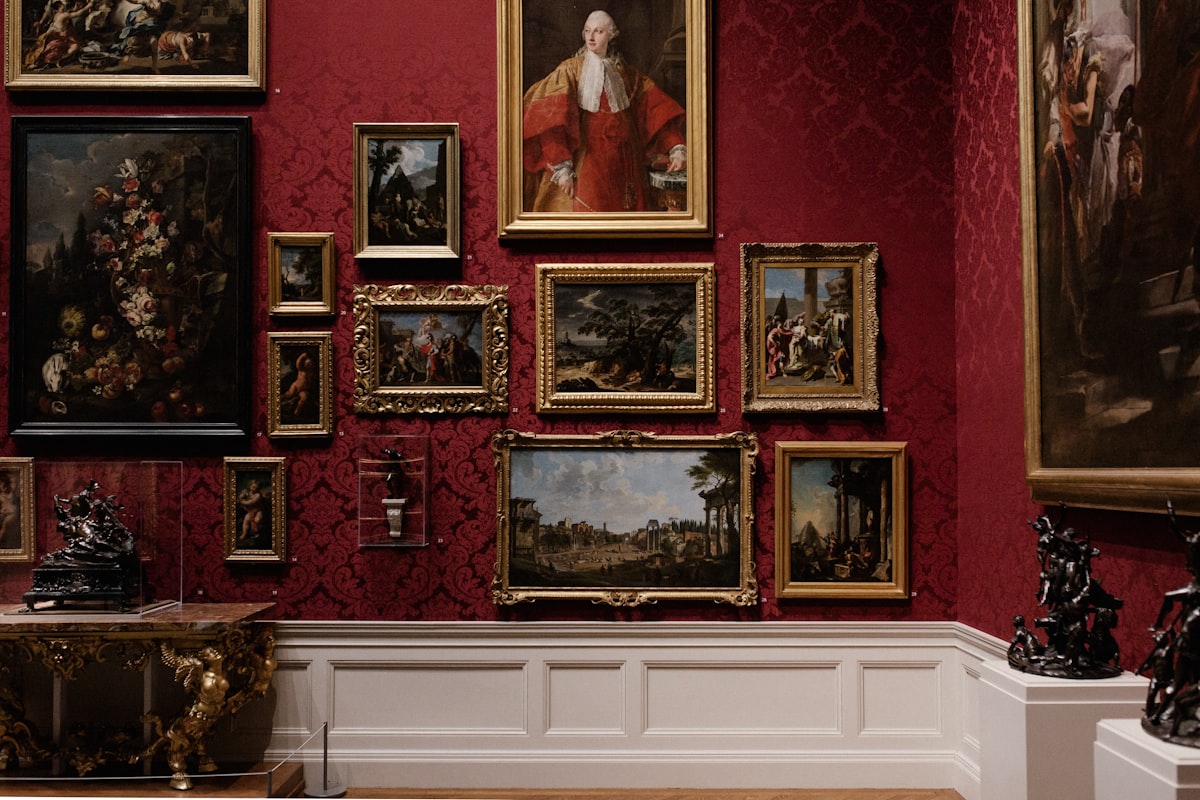Fake Art?

I saw this in the NYTimes Morning Newsletter:
What happens to works of art that turn out to be fake? In many cases, they re-enter the market: One art dealer has been offered the same fake Egon Schiele painting 10 times by 10 different collectors.
Since what determines a fake is often nothing more than an expert’s opinion, owners who have paid a lot for a work are not always ready to believe that they have been duped. Many of the works are recycled to unsuspecting buyers, as Milton Esterow reports in The Times. Some universities also have fakes in their collections that they use as study tools.
This is fascinating! I had no idea that this kind of thing even happened.
Why?
I assumed that fake art dealing was a thing that only happened in the past before we had computers or something.
Why?
I thought that it would be too difficult to sell fake art or that selling it would be too risky today.
Why?
In my head, it would just be easier to sell fake stuff for loads of money before we could use technology to track objects and people. In my head, a fake art dealer would be identified and tracked by modern technology-enhanced law enforcement agencies.
However, now I think that all the things I assumed were silly.
Why?
Because I was assuming the powers that be would be concerned enough about high-priced art to dedicate limited technology and law enforcement resources to catching people dealing in fake art.
Now that I think more about it, if I were to ask a law enforcement person why they don’t try to catch people selling fake art, the law enforcement person would probably say something like, “Seriously? You want me to put my time, energy, and other resources into that?”